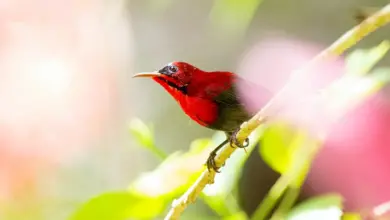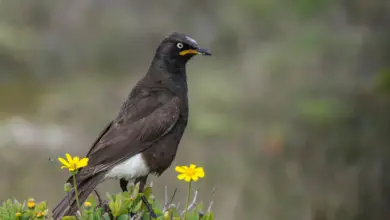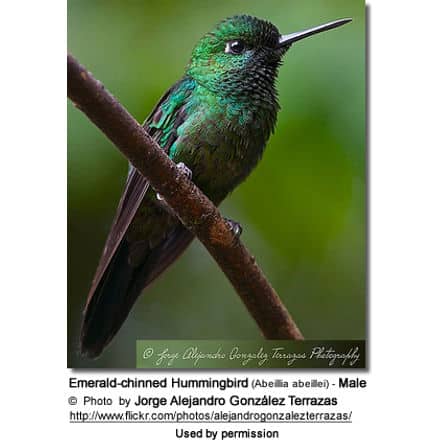Lancashire Canaries
The Lancashire Canaries was originally known as the Manchester Coppy or Manchester Fancy – since so many of the breeders lived in that city. This canary is the largest of all English canary breeds, being strong and robust and standing a head taller than any of the others.
-
- Canary Information: General Care and Housing … Canary Species / Breeds … Canary Varieties …. Guidelines for Buying Your Canary
- Canary Breeding … Sexing Canaries … Canary Nutrition / Diet … Canary Diseases
The Lancashire Canaries was originally known as the Manchester Coppy or Manchester Fancy – since so many of the breeders lived in that city. This canary is the largest of all English canary breeds, being strong and robust and standing a head taller than any of the others.
The Lancashire Canaries are seven to eight inches long and are heavy in body – and appear as giants when compared with ordinary canaries. This ‘giant of the fancy’ was used to transfer size into other breeds including Crested Norwich, and the Yorkshire.
This canary is a bold and upstanding bird which should never crouch or lean across the perch.
It is a crested variety in which two types of individual are to be found, namely those with a crest (known as “Coppies”) and those without (known as “Plainheads”). Both form an integral part of the breed as a whole.
The Lancashire Canaries is always bred in the clear form, either yellow or white, with no variegation such as is found in other breeds of canary, and the only departure from this ideal that is allowed is in the form of a grey or grizzled coppy in the crested birds.
Breeding: Crested canaries should always be mated to Plainheads. The gene that causes the crested mutation is dominant, but a double dose is lethal. When one gene is inherited, the bird is crested. If two genes are inherited, then the bird’s skull is deformed and the chick usually dies in shell. From the results below it can be seen that you will not get any more live crested chicks by breeding crested to crested, therefore this is not recommended.
Possible Pairings:
- Plainhead × Plainhead will produce 100% Plainhead young.
- Plainhead × Crested will produce 50% Plainhead and 50% Crested young.
- Crested × Crested will produce 25% Plainhead, 50% Crested, and 25% dead, NOT RECOMMENDED!
Moulting:
The Lancashire needs generous feeding during the moult, care being taken that the diet is not low in protein. At the same time, ample room for exercise must be allowed so that the birds do not become overfat and sluggish. The Lancashire is a natural color showbird and therefore needs no color food during the moult.
Show Standards:
The following standards were drawn up by the old Lancashire and Lizard Fanciers’ Association and have been adopted by the Old Varieties Canary Association:
- The LANCASHIRE should be a large bird, of good length and stoutness, and when in the show cage should have a bold look.
- The Coppy (crest) should be of a horse-shoe shape, commenc ing behind the eye line and lay close to the skull, forming frontal three-quarters of a circle without any break in its shape or formation, and should radiate from its centre with a slight droop.
- There should be no roughness at the back of the skull.
- The neck should be long and thick, the feathers lying soft and close, the shoulders broad, the back long and full, and the chest bold and wide.
- The wings of the Lancashire should be long, giving the bird what is called a ‘long-sided’ appearance.
- The tail also should be long. when placed in a show cage, the bird should stand erect, easy, and graceful, being bold in its appearance, and not timid or crouching. It should not be dull or slothful-looking and should move about with ease and elegance.
- Its legs should be long and in strength match the appearance of the body. when standing upright in the cage, the tail should droop slightly, giving the bird the appearance of having a slight curve from the beak to the end of the tail.
- The Lancashire should neither stand across the perch nor show a hollow back.
- It should have plenty of feathers, lying close to the body, and the feathers should be fine and soft.
- The properties of the Plainhead are the same as the Coppy, with the exception of the head. The head should be broad and rather long, with the eyebrows clearly defined and overhanging, or what is called ‘lashed’. The feather on the head should be soft and plentiful, and not look tucked or whipped up from behind the eye into the neck.
- The aim in breeding should be to keep and improve the size and length of the bird, at the sane time losing nothing of its gracefulness, its beauty of feather,s and general contour.
More on Breeding your Canary
Canary Care and Housing
Please Note: The articles or images on this page are the sole property of the authors or photographers. Please contact them directly with respect to any copyright or licensing questions. Thank you.
BeautyOfBirds strives to maintain accurate and up-to-date information; however, mistakes do happen. If you would like to correct or update any of the information, please send us an e-mail. THANK YOU!




